The first step to safeguarding your company’s information is by understanding the risks that come with it. You could be vulnerable to many types of cyberattacks: malware, phishing attacks, ransomware attacks, and more. This is where cybersecurity comes in. It protects networks, computers, programs, and data from theft or damage to ensure that information is not lost or stolen.
Businesses should invest in the safekeeping of their customers’ data. And it’s your responsibility, not just because business ethics says so but also according to many laws. Your company could face legal action if you don’t take good care of your data.
Cybersecurity should be seen as an investment rather than a cost because it will help protect the company’s data and reduce risk. With that said, here are eight crucial cybersecurity metrics that every business should monitor if they want to protect their business assets and more.
Cybersecurity KPI 1. Level of preparedness
Businesses need to be aware of the various risks that they have. They need to prepare because they can’t always predict when an attack will happen, and it’s essential to be ready for any cyber attack.
Companies must have a good level of preparedness in their cybersecurity. The main reason is that they can ensure their safety.
When it comes to cyber attacks, the number of them has increased over the years. Many types of attacks include phishing, ransomware, and DDoS. These attacks can lead to data breaches which can be very costly for the company in terms of reputation and money.
Therefore, companies need a good level of preparedness to stay safe from these cyber attacks. Successful database management support is a great start to having a secure business network system.
Cybersecurity KPI 2. Unidentified devices on internal networks
The presence of unidentified devices on internal networks can pose a threat to the company’s security.
Any workstation is a place where data is at its most vulnerable and valuable. Banks, hospitals, and retail companies deal with sensitive data and often have to access confidential information. Employees also connect to different networks, which means they are more exposed to cyber threats than they would be at home.
Businesses need to ensure that there aren’t any unidentified devices on their internal networks and take steps to secure them. Keeping a hand on the pulse of this metric will help to avoid incidents and data loss, which can be detrimental to the business.
Cybersecurity KPI 3. Intrusion attempts
Businesses should make sure that they:
- monitor their network for intrusion attempts
- have a strategy for dealing with incident response, including backup and recovery plans
- provide fast and detailed analysis of cyber threats, ANY.RUN sandbox with instant access and comprehensive reports will come in handy here
- ensure there are no vulnerabilities in the company’s network and data, which you can do by updating software on both computers and devices
Businesses must check the intrusion attempts in their internal network for cybersecurity because it can be the initial step to prevent a data breach.
Cybersecurity KPI 4. Mean time to detect and mean time to respond
The mean time to detect and the mean time to respond are the two most important metrics determining a company’s cybersecurity success.
This step is essential because if the mean time to detect is high, then the mean time to respond will also be increased. A long time can mean a difference between a minor and a major issue.
The longer it takes for cybersecurity to detect and respond, you will do more damage. It’s a risk because hackers have time to dig deeper into the system and cause more damage.
There are many reasons why it can take a long time for cybersecurity to detect and respond. One of them is the insufficient workforce or resources available to monitor systems around the clock.
Cybersecurity KPI 5. Systems with known vulnerabilities
Companies should be checking their systems with known vulnerabilities in their internal network.
Since you already know that this part of your internal network system has vulnerabilities that hackers can exploit, you should ensure that you keep an eye on it more often than the other parts of your internal network. Also, make sure that you find a solution to these vulnerabilities actively.
Don’t just leave them be just because no one has noticed them just yet.
Cybersecurity KPI 6. First-party security ratings
One way to make a company more conscious of cyber attacks is to have security ratings in place. These ratings will help employees understand how secure the network is and whether or not they should be using certain features or services.
First-party security ratings work as a tool for employees to know how secure their network is and if they should use certain features or services.
The security rating can be helpful as an indicator of a company’s commitment to cybersecurity and how well they are doing with its current efforts. It can also be beneficial as a benchmark for employees to see how well they are doing with their cybersecurity practices and where they need to improve.
Cybersecurity KPI 7. Number of SSL certificates configured incorrectly
Using SSL certificates is the most common way to protect your website from hackers. These certificates encrypt the data between your site and the visitors, which prevents third parties from intercepting that information.
However, if you are using a self-signed certificate, it can be easily bypassed by hackers. That is why you should check if you have configured the number of SSL certificates in your internal network correctly.
The problem with incorrectly configured SSL certificates is that they don’t provide the necessary level of encryption and authentication to protect data, resulting in data breaches and costly security breaches.
Cybersecurity KPI 8. Days for security patch implementation
A security patch is a minor update that can fix security vulnerabilities in the software. Businesses need to install these patches as soon as the developers release them. If a company doesn’t install the security patch, it can become vulnerable to cyberattacks and hackers, leading to severe consequences.
There are two types of patches:
- emergency: released when there is an imminent threat
- non-emergency: released when there is not an imminent threat.
However, there is still a vulnerability in the software that needs to get a security patch.
The days for security patch implementation vary depending on what company you work for and what software you use. It’s essential to check your company’s policy on this matter to know how long your system can be vulnerable.
Conclusion
Monitoring these cybersecurity metrics will often help ensure your network won’t become as vulnerable. Therefore, ensure that your business has protocols and procedures in place regarding cybersecurity checks. These protocols might be a lot of work, but the effort here will be worthwhile.



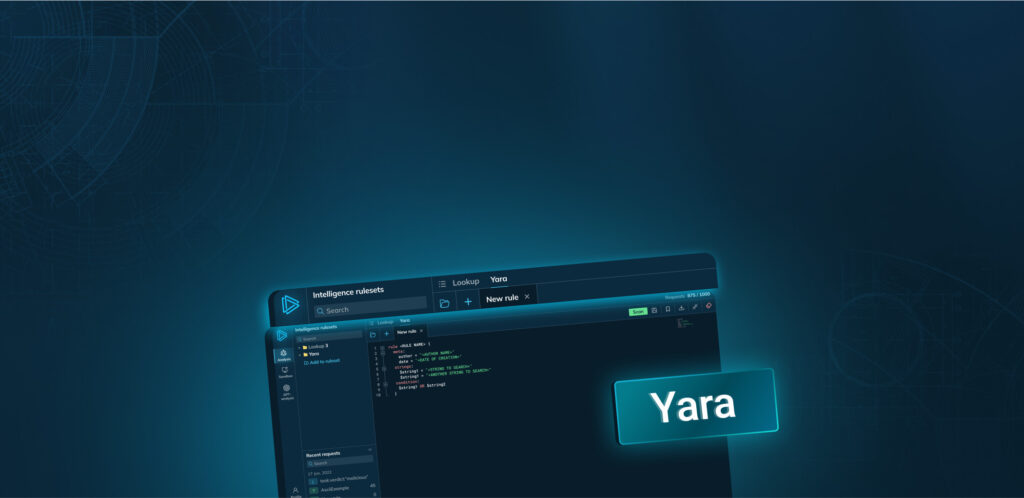

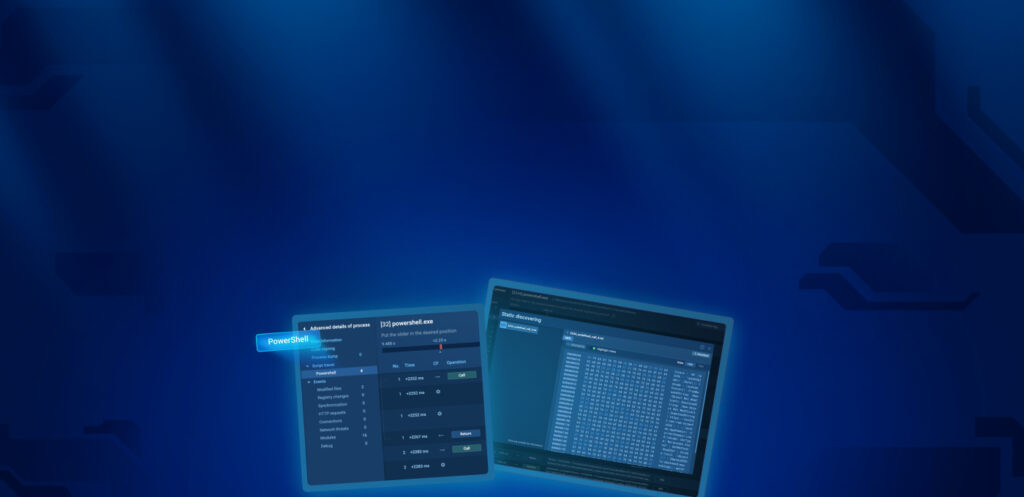


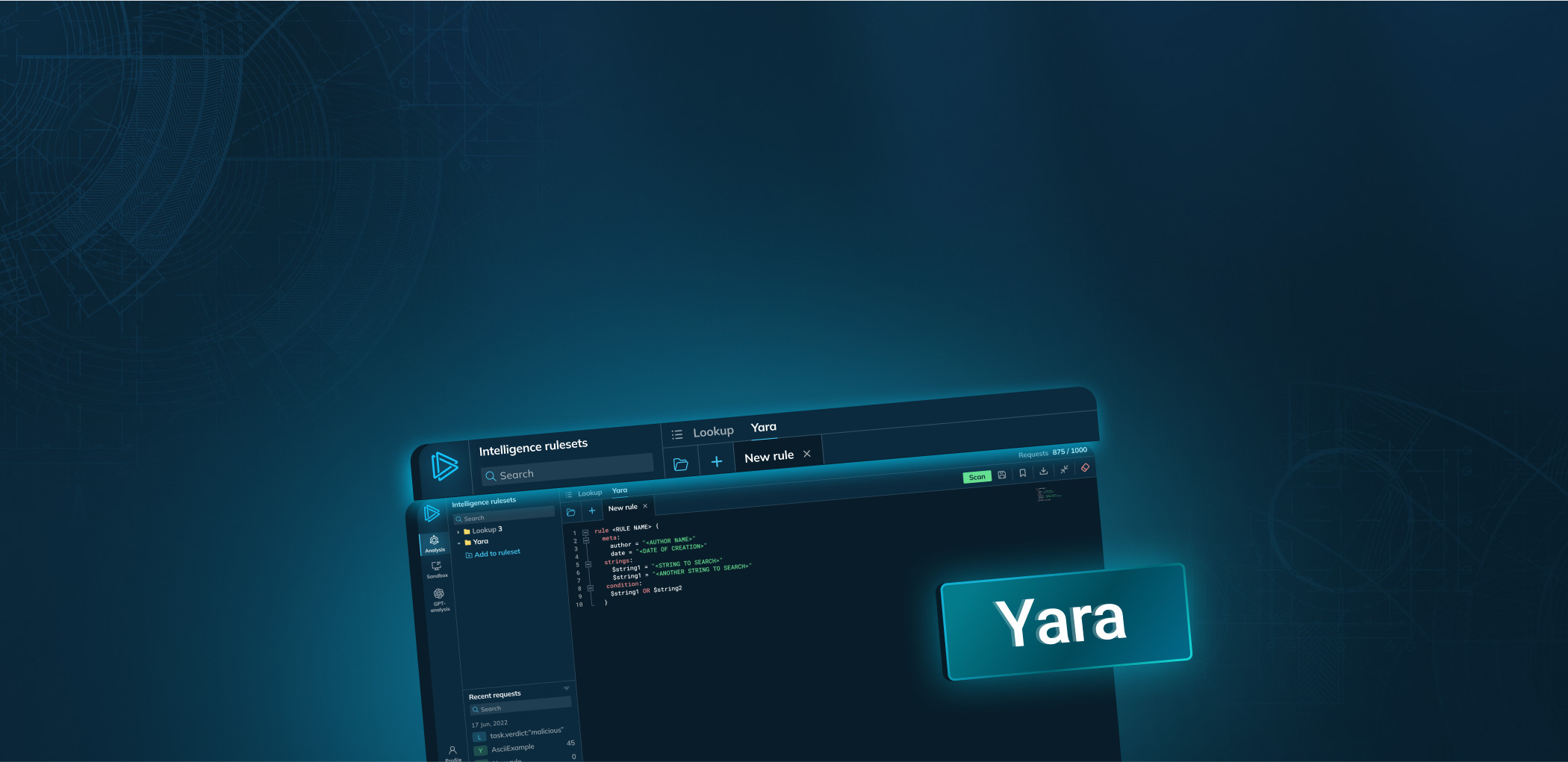
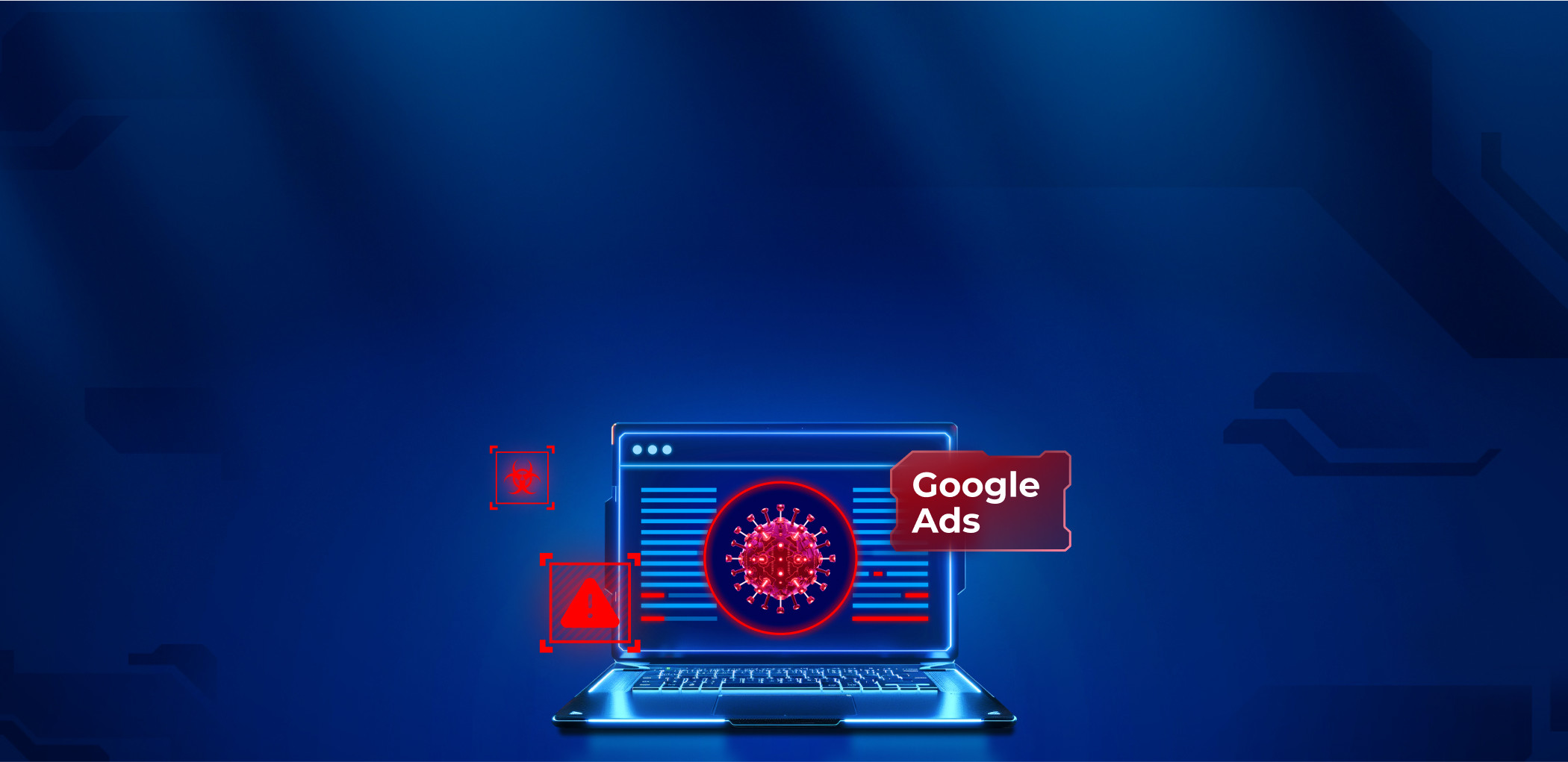
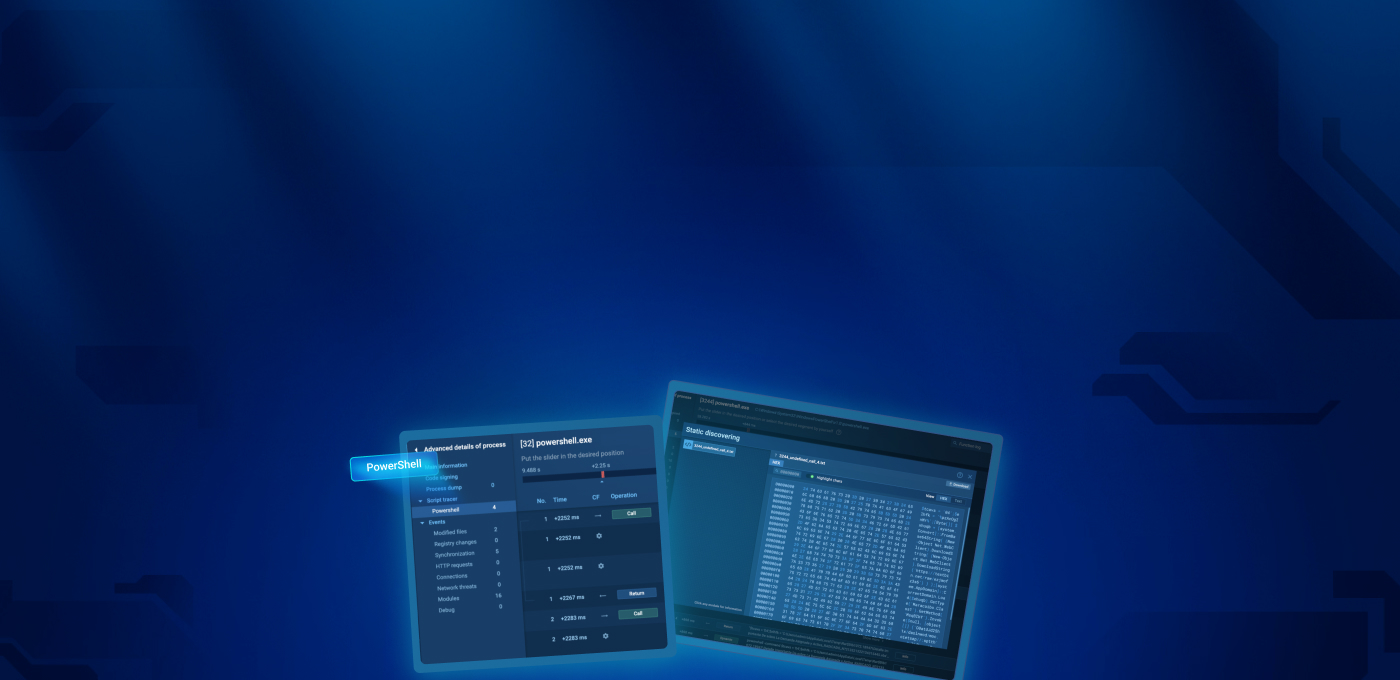

0 comments